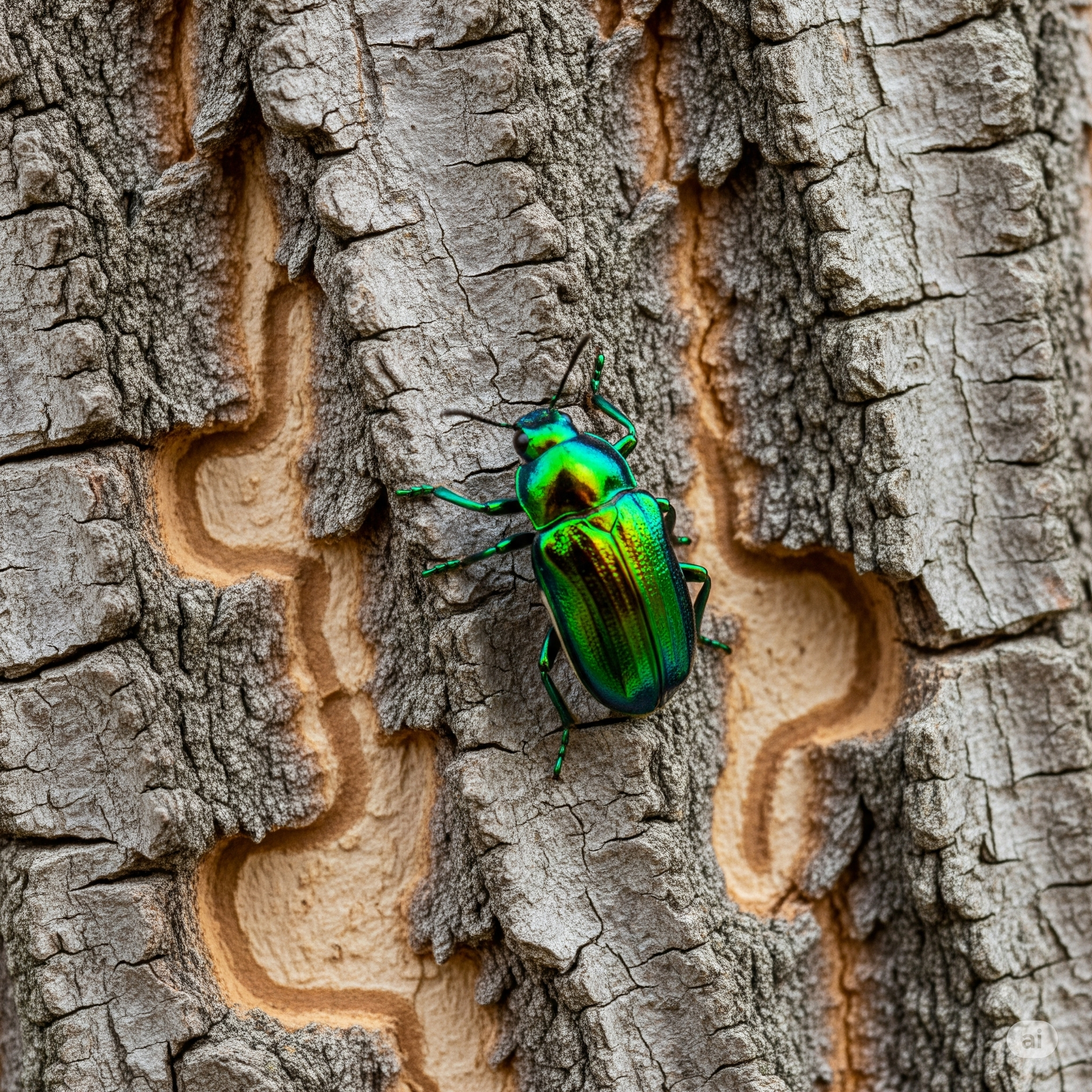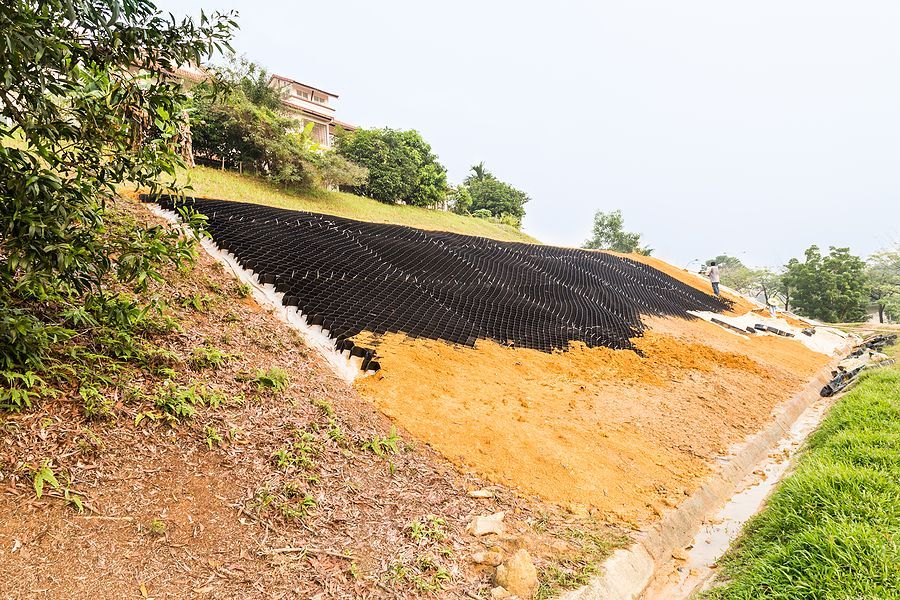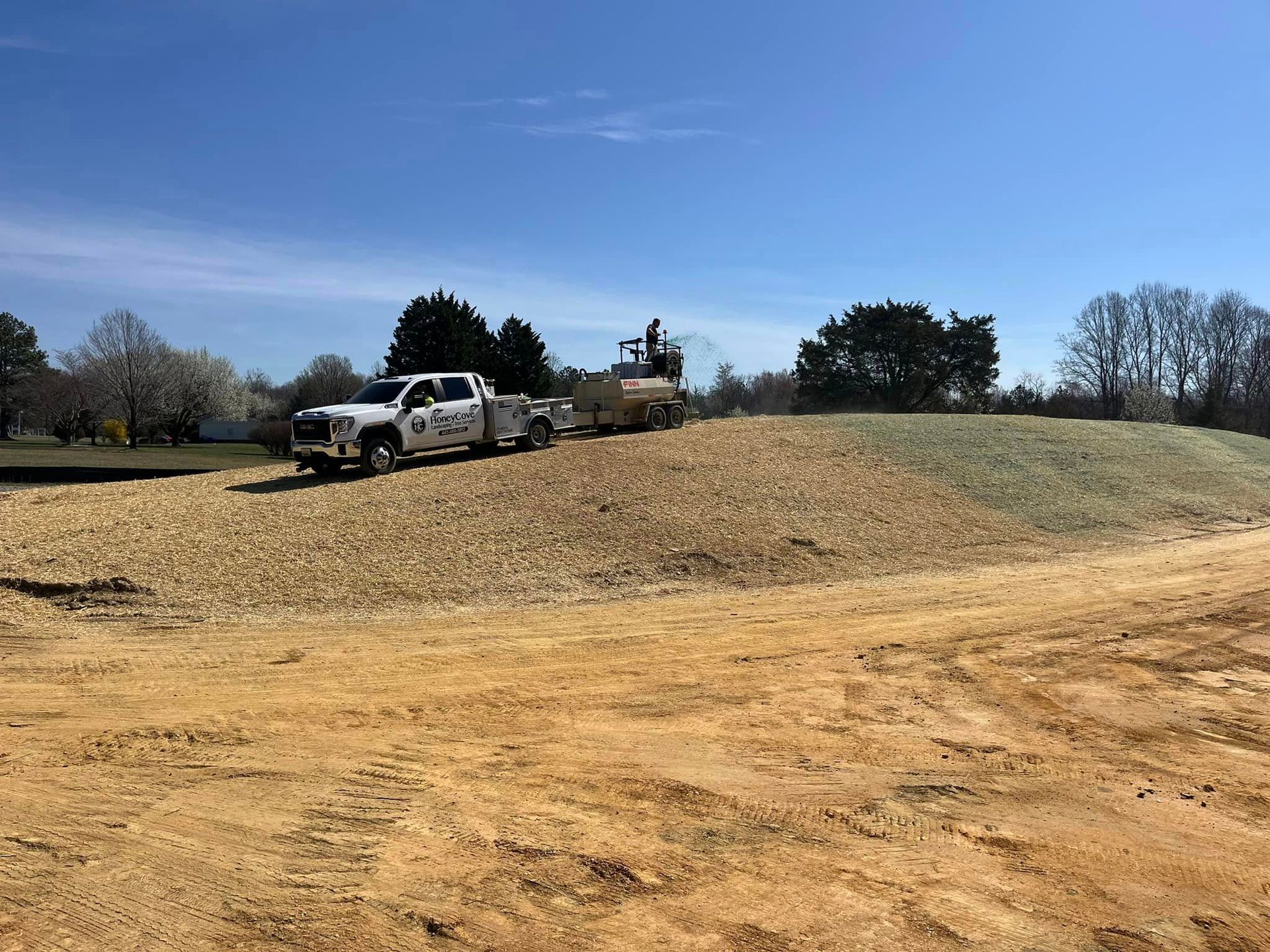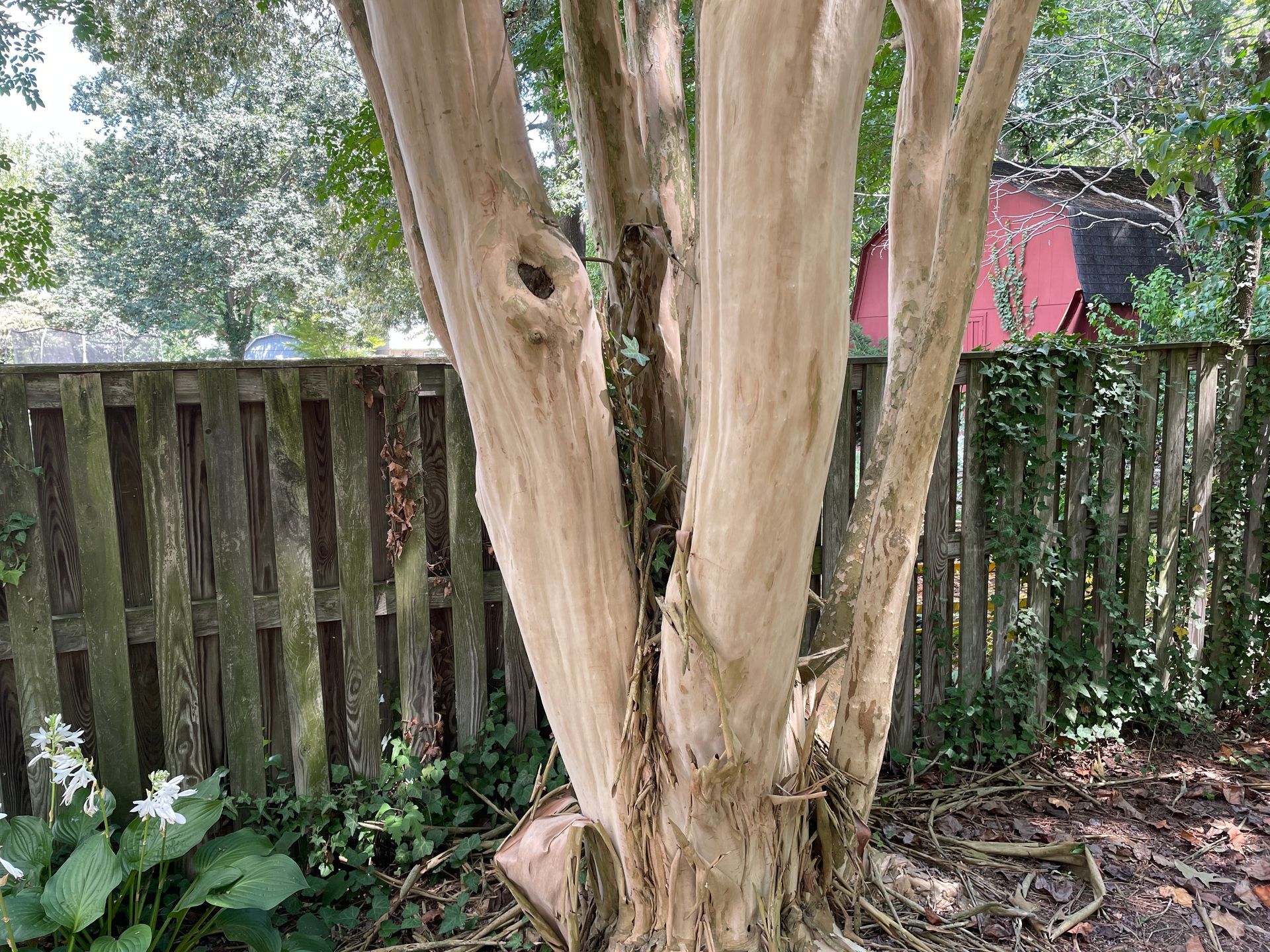Wind & Tall Trees
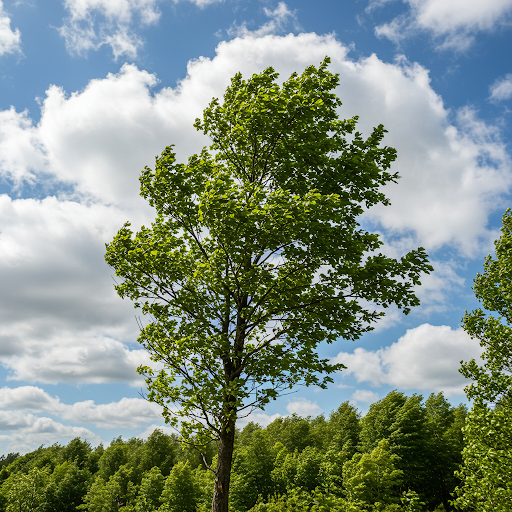
The wind. It's a force of nature that can be both exhilarating and terrifying. On a calm day, a gentle breeze rustles leaves, creating a soothing symphony. But when the wind picks up, especially in areas with towering trees, the atmosphere transforms into a dramatic, sometimes dangerous, spectacle.
Recently, many regions have experienced bouts of high winds, reminding us of the raw power of nature. For those of us living in or near forests, these events bring a heightened awareness of the vulnerability of even the most majestic trees.
The Physics of Wind and Trees
Tall trees, with their expansive canopies, act like giant sails, catching the full brunt of strong winds. The physics at play is fascinating:
- Leverage: The taller the tree, the greater the leverage the wind has. This means that even moderate winds can exert significant force on the trunk and root system.
- Flexibility: Trees are designed to sway, which helps dissipate wind energy. However, there's a limit to their flexibility.
- Wind Gusts: Sudden, powerful gusts can put immense stress on trees, potentially leading to broken branches or even complete uprooting.
- Tree Health: Healthy trees are more resilient, but weakened or diseased trees are particularly vulnerable to wind damage.
- Soil Conditions: Saturated soil can loosen the tree's root system, making it easier for the wind to topple it.
The Dangers of High Winds and Tall Trees
High winds and tall trees can create several hazards:
- Falling Branches: Snapped branches, large or small, can pose a significant risk to people and property.
- Uprooted Trees: Entire trees can be uprooted, causing damage to homes, power lines, and roads.
- Power Outages: Falling trees and branches often bring down power lines, leading to widespread outages.
- Property Damage: Homes, cars, and other structures can be damaged by falling trees and debris.
What Can We Do?
While we can't control the weather, we can take steps to minimize the risks:
- Tree Maintenance: Regular tree inspections and pruning by certified arborists can help identify and address potential hazards.
- Awareness: Stay informed about weather forecasts and avoid wooded areas during high wind warnings.
- Property Protection: Keep trees trimmed away from power lines and structures.
- Emergency Preparedness: Have an emergency kit ready in case of power outages or other disruptions.
- After Storm Inspection: After a large storm, inspect your property for any damaged trees, and have them removed.
The Beauty and the Beast
Despite the dangers, there's a certain awe-inspiring beauty in watching tall trees sway and bend in the wind. It's a reminder of the power and unpredictability of nature. Understanding the physics and potential hazards can help us appreciate these majestic giants while staying safe.
Ultimately, respecting the power of the wind and the vulnerability of tall trees is key to coexisting safely in our natural environment. As the wind howls, let's remember to be mindful and prepared, ensuring we can weather the storm.
Don't wait! If a fallen tree is threatening your home or property, call HoneyCove Tree Services for safe and efficient removal.

